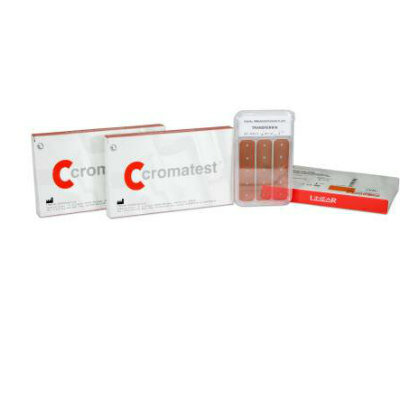Phagocyte Signatures Differentiate Between Viral and Bacterial infections
By LabMedica International staff writers
Posted on 04 Jul 2011
A rapid blood test that accurately tells the difference between bacterial and viral infections will lead to better treatment outcomes for infected patients.Posted on 04 Jul 2011
The immune systems of patients with bacterial infections behave differently than the immune systems of patients with viral infections, and the test was based on these differences.
Robert S. Marks at National Institute of Biotechnology in the Negev, Ben-Gurion University of the Negev (Be'er Sheva, Israel), Daria Prilutsky, and colleagues differentiated between viral and bacterial acute infections using chemiluminescent signatures of circulating phagocytes.
Bacterial and viral infections can produce the same symptoms but it is very important to distinguish between them when deciding on treatment. For example, antibiotics work for bacterial infections but not for viruses.
If left untreated until results of a throat culture, for instance, are received, bacterial infections can get worse. But needlessly giving antibiotics to patients with a viral infection could contribute to the growing problem of antibiotic-resistant bacteria. Since current diagnostic methods to sort out the two kinds of infection are time-consuming and may not be completely accurate, the scientists decided to develop a new test that would enable doctors to make the right diagnosis rapidly.
The method is time saving, easy to perform and can be commercially available. It could be implemented in various medical institutions as an adjunct to clinical decision making said the scientists.
A report of the new rapid blood test appears in ACS' journal Analytical Chemistry.
The scientists concluded, "The two infections exhibit completely different types of chemiluminescent signatures, each one described by its own characteristics, proving that the oxidative potential of the innate immunity can indeed serve as a prognostic or diagnostic marker."
Related Links:
National Institute of Biotechnology in the Negev, Ben-Gurion University of the Negev













